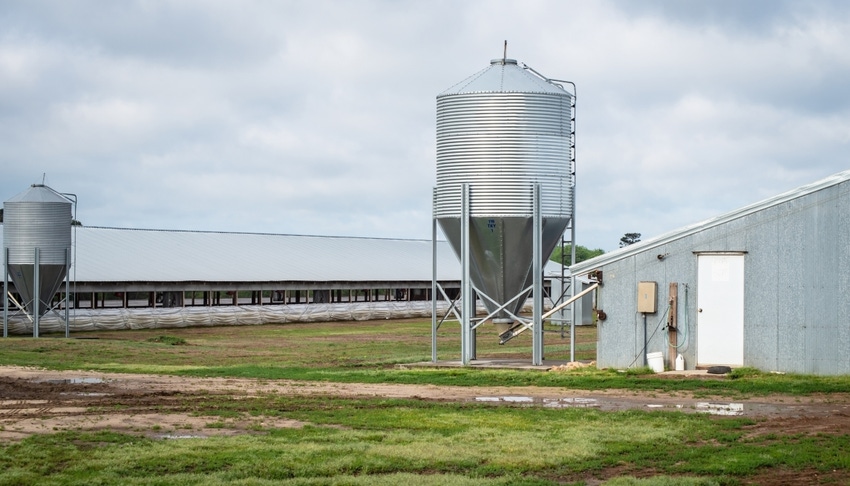Opportunities may exist to remodel or retrofit buildings into different systems.
April 29, 2021

What do you do with an old facility? How do you know when to fix it or replace it?
A new facility will cost between $2,500-$2,800 per sow space. This high-level cost analysis includes an all-in cost, including land expenses, engineering costs, and all attributes producers are looking for today. These attributes include air filtration, pen gestation and an older wean age. Although more expensive, operationally, farms with better attributes tend to have a better cost of production, allowing for about $3-4 in better value in a wean age and $2-3 in terms of pen gestation.
In some instances, a new facility is the best option; however, if you have the right older facility in the right location, it can still hold value.
Dr. Spencer Wayne of Pipestone Veterinary Services visits with Dr. Barry Kerkaert, veterinarian and president of Pipestone Management, and Justin Roelofs, chief financial officer of Pipestone Management, on a recent SwineTime podcast about managing old assets. The success of swine producers today is health dependent. When a location is found that can maintain high health pigs and supply pigs to pig dense areas, producers can start with a healthy pig and have remarkable production.
Over time, locations become more pig dense, and the “ideal” sow location can change over time. We encourage you to have the discipline to look at value on where you place a farm.
Should I remodel or retrofit?
If you have a smaller unit on the edge of the Corn Belt, you may want to look at it and add additional spaces for sow. On the opposite side, if you have the same farm in pig dense country, you may not want to add more sow units. However, this does not mean the barn should be shut down. There may be an opportunity to retrofit the sow farm into a finishing barn for only $100-150 an equivalent finishing space, depending on the barn.
For finishing barns, location matters. This is especially true in distance from a feed source, distance from where you can utilize nutrients on land, and distance from family. This may be a location that is not attractive for a sow farm, but it is for a finishing barn. We encourage you to look at older facilities differently and re-construct them. This allows you to move sows out of the pig belt area, but still utilize the barn in an ideal location for finishing.
Every barn is different, especially when you look at the age of the facility or the design. However, if you can retrofit without losing capacity, you might only spend $2 per pig. In addition, older facilities have many attributes that may need remodeling. By repurposing a facility, you now have an opportunity to update those attributes and increase production on-farm.
To learn more about managing an old asset, the team at Pipestone Management is available to help.
Pipestone’s mission is “Helping Farmers Today Create the Farms of Tomorrow.” Business Services assists the farmers of today to create the farms of tomorrow. Providing best-practice guidance and solutions for farmers to withstand economic downturns, position them for growth and profitability, and assist in maintaining generational control of their farms. The SwineTime podcast was created for the pork industry and individual pork producers around the country. Hosted by Dr. Wayne, the podcast contains pork industry news, advancements in animal care and how to enhance your productivity.
Monthly podcasts are available on Spotify, Google Music, ITunes, Anchor and on Pipestone.com.
Source: Pipestone Veterinary Services, which is solely responsible for the information provided, and wholly owns the information. Informa Business Media and all its subsidiaries are not responsible for any of the content contained in this information asset.
You May Also Like



